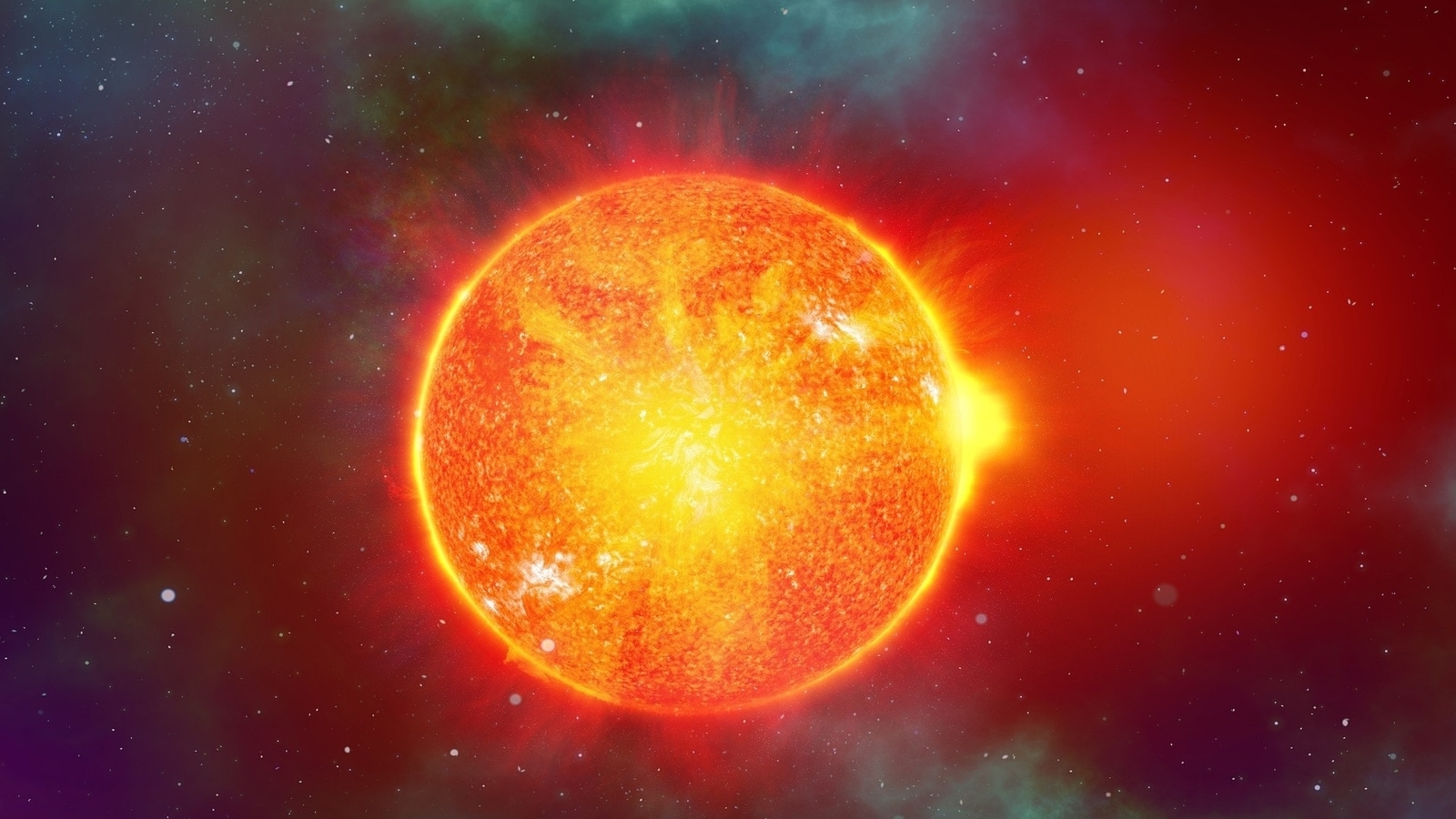7 sunspots are staring at Earth right now; scary solar storm WARNING?
As per NOAA data, seven large sunspots are currently active on the Earth-facing side of the Sun. Can this be another solar storm warning?






 View all Images
View all ImagesQuite weirdly, solar disturbances this week have been missing. At the beginning of the week, we were expecting a glancing blow from a coronal mass ejection (CME) cloud, which failed to hit. And apart from an M-class solar flare eruption, the sunspots have also been relatively stable. But this state of affairs is set to quickly change. There are as many as seven sunspot groups active on the Earth-facing side of the Sun. This is a pretty high number and if any of them turns unstable, it could mean another round of terrifying solar storm onslaught in an increasingly intensifying and volatile solar cycle. Check all details below.
The data comes from the National Oceanic and Atmospheric Administration which has revealed that at the moment, there are seven large sunspot groups active on the Sun. These include AR3275, AR3279, AR3276, AR3277, AR3272, AR3273 and AR3278. However, do not think that these are all the sunspots present in the Sun. NOAA estimates have calculated that as many as 127 sunspots are likely to exist. It is just that they are too small to be seen from a telescope.
Solar storm fears rise as seven sunspots emerge on the Sun
One major reason why these sunspots are concerning is that they are extremely large and as such contain extremely strong magnetic charges within them. A change in polarity can turn them unstable and a powerful X-class solar flare eruption can occur almost instantaneously.
These eruptions are responsible for radio blackouts and GPS disruptions on Earth. They also release huge amounts of CME from the Sun's surface, which when comes in contact with the upper atmosphere of the Earth, sparks a geomagnetic storm. In extreme cases, these storms can damage satellites, disrupt mobile networks and internet services and even cause power grid failures.
Astronomers continue to observe the status of these sunspots to know whether one of them can explode anytime soon.
Know how NOAA monitors the Sun
While many space agencies from NASA with its Solar Dynamics Observatory (SDO) to National Oceanic and Atmospheric Administration (NOAA) keep track of Sun-based weather phenomena, one that particularly stands out is the DSCOVR satellite by NOAA. The satellite became operational in 2016 and tracks different measurements of the Sun and its atmosphere including temperature, speed, density, degree of orientation, and frequency of the solar particles. The recovered data is then run through the Space Weather Prediction Center and the final analysis is prepared.
Catch all the Latest Tech News, Mobile News, Laptop News, Gaming news, Wearables News , How To News, also keep up with us on Whatsapp channel,Twitter, Facebook, Google News, and Instagram. For our latest videos, subscribe to our YouTube channel.





























